Rain Lily Lu Hao Ning Bulb pack of 1 Bulb Rare variety
₹299.00
In stock
SKU: RainLilyLuHaoNing
Categories: Summer Bulbs, Winter Bulbs
Rain Lily Lu Hao Ning (scientifically known as Zephyranthes) are beautiful flowering plants that are prized for their delicate, trumpet-shaped flowers that bloom after a rainfall or with watering. They are native to the Americas, particularly the southern United States, Mexico, and parts of South America. Rain lilies are often grown as ornamental plants due to their vibrant and showy flowers that come in colors like white, pink, yellow, and even purple.
Key Features of Rain Lily Bulbs:
- Flowering: Rain lilies are known for their sudden blooming after rainfall, hence the name “rain lily.” They produce beautiful, funnel-shaped flowers that can bloom in abundance when the conditions are right.
- Colors: The flowers come in a variety of colors including white, pink, red, and yellow, and can have different shades or bicolor patterns.
- Size: Rain lilies are relatively small, with flower stems typically growing to about 6–18 inches (15–45 cm) in height. The plants themselves can reach around 12–18 inches tall, depending on the species.
- Foliage: They have narrow, grass-like leaves that form clumps at the base, which die back after the flowering period.
- Blooming Time: Although the flowers bloom after rainfall or watering, rain lilies can also bloom several times a year, especially in warm climates. Some varieties flower in the spring, while others may bloom in late summer or fall.
Rain Lily Lu Hao Ning Planting and Growing Rain Lily Bulbs:
- Planting Time: Plant rain lily bulbs in the spring or early summer after the threat of frost has passed. In warmer climates, they can be planted year-round.
- Soil Requirements: They prefer well-drained soil, and can tolerate poor soils but thrive in slightly acidic to neutral soil. Adding organic matter like compost can improve soil fertility and drainage.
- Planting Depth: Plant the bulbs about 2-3 inches deep, with the pointy end facing up. Space them 4-6 inches apart to give them room to grow.
- Sunlight: Rain lilies prefer full sun or partial shade. In areas with very hot summers, some afternoon shade may be beneficial.
- Watering: Water the bulbs well after planting. Rain lilies are relatively drought-tolerant but will flower better with regular watering. They respond to extra moisture, often blooming profusely after rain or watering.
- Temperature: Rain lilies grow best in warmer climates (USDA zones 7-10) but can be grown as annuals in cooler regions. In areas with cold winters, the bulbs should be dug up before frost and stored in a dry, cool place for the next growing season.
Care Tips:
- Moisture: Rain lilies do well with occasional deep watering. While they are drought-tolerant once established, they tend to flower best when kept on a consistent watering schedule.
- Fertilizing: Feed rain lilies with a balanced, slow-release fertilizer in the spring when they begin to grow, and again after flowering to promote next season’s blooms.
- Mulching: Adding a layer of mulch around the bulbs can help maintain soil moisture and protect the bulbs in areas where temperatures drop in winter.
- Dividing: Over time, rain lilies may form clumps. Every few years, you can divide the bulbs to prevent overcrowding and encourage better flowering.
| Color | Dark Pink |
|---|---|
| Germination Level | Easy |
| Growth Pattern | Leaf without stem |
| Hybrid or Open Pollinated | Hybrid |
| Ideal location | Full sun |
| Origin Country | Thailand |
Be the first to review “Rain Lily Lu Hao Ning Bulb pack of 1 Bulb Rare variety” Cancel reply
You must be logged in to post a review.
Related products
₹199.00
Rated 4 out of 5
₹99.00
Rated 5 out of 5
₹150.00



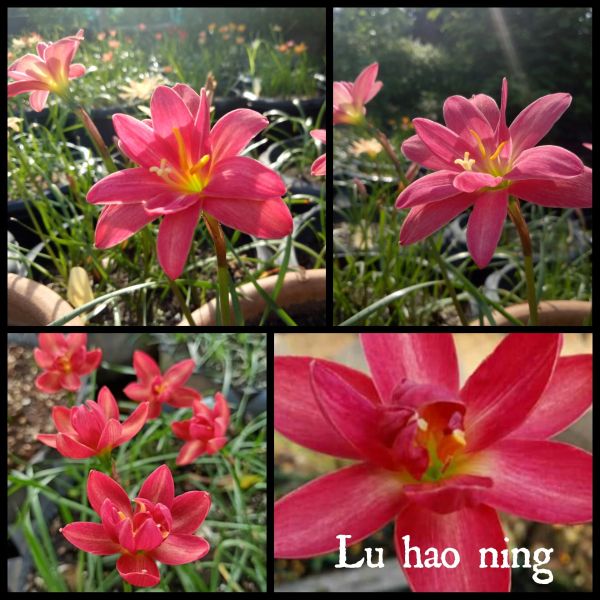


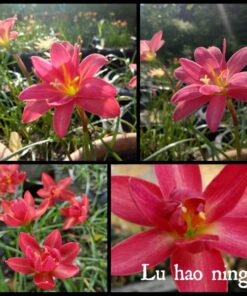


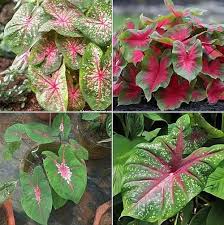
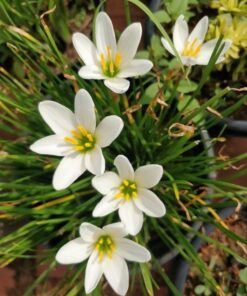

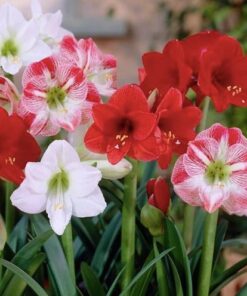



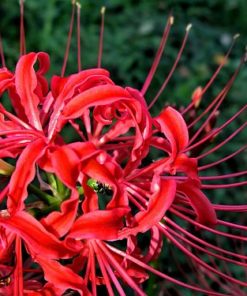

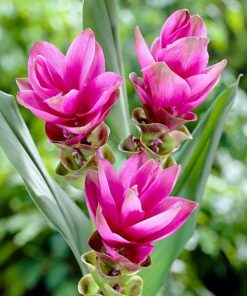
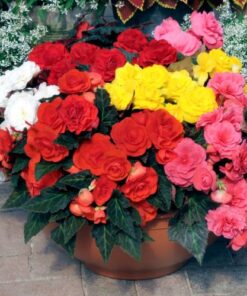

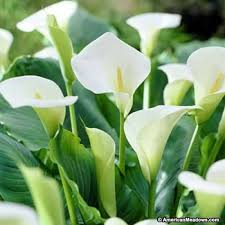
Reviews
There are no reviews yet.